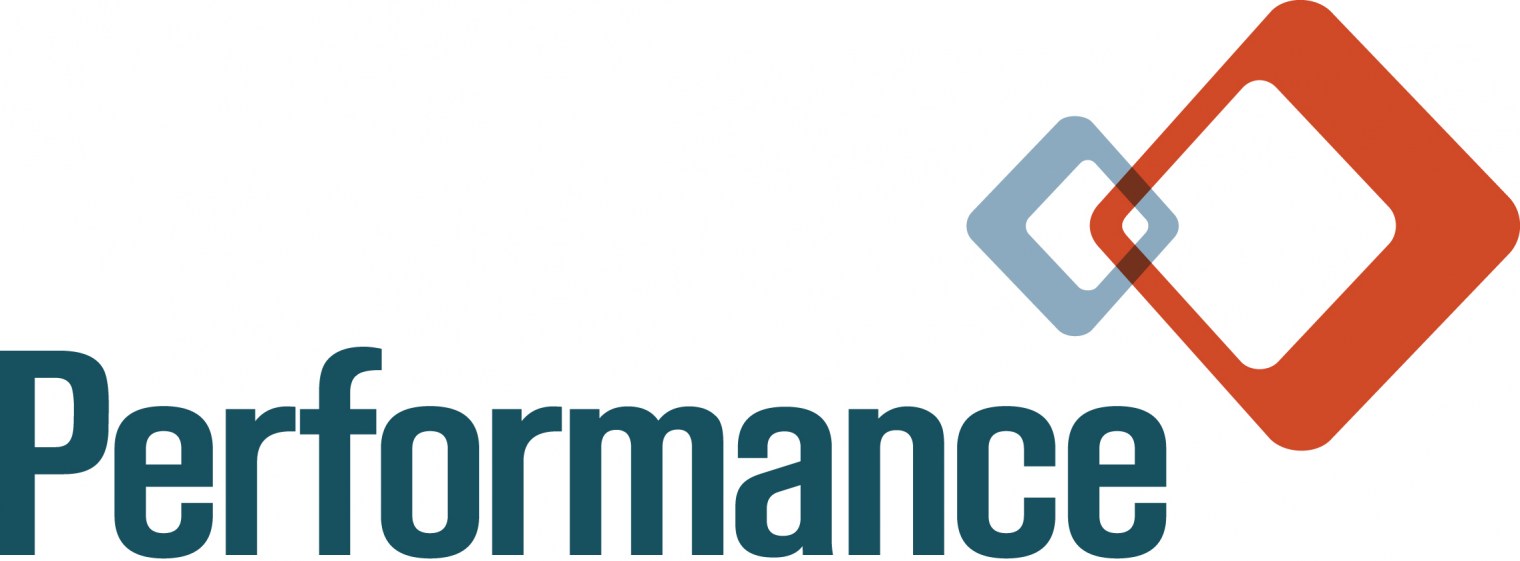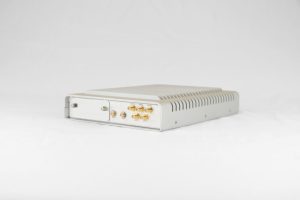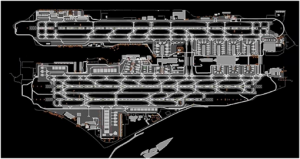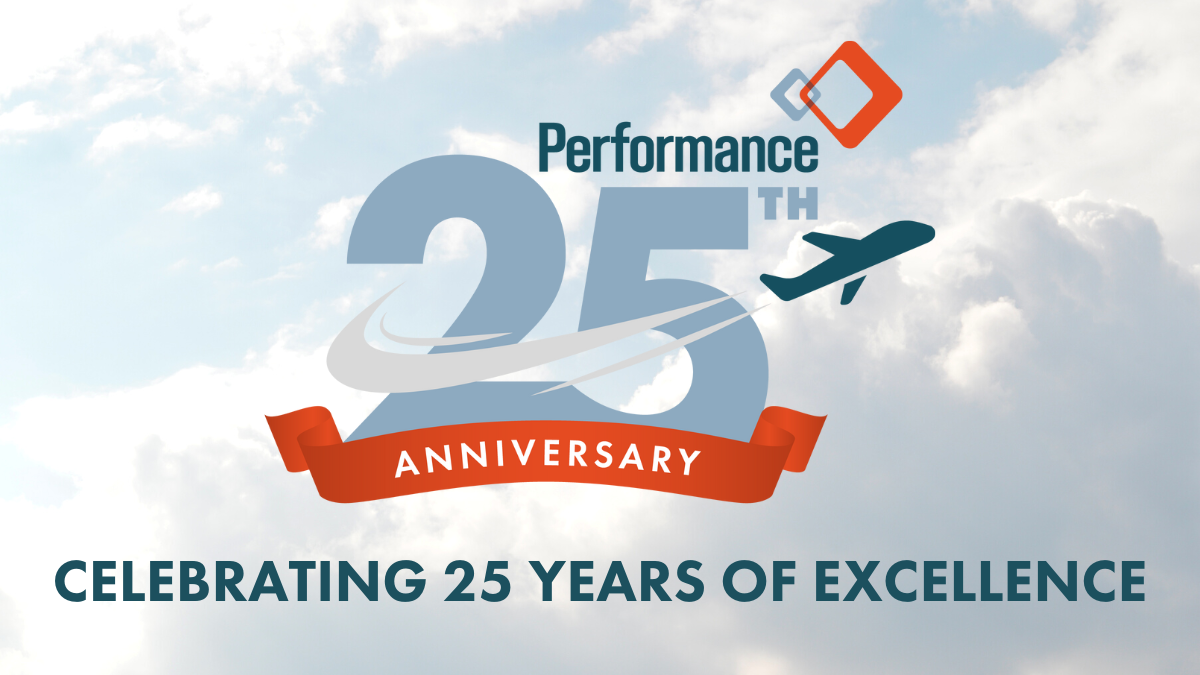In the dynamic world of aerospace hardware and software development, companies must exhibit a product-centric culture and employ visionaries to develop products that drive growth and profitability. At Performance Software, the Head of Products—Mike Johnson—plays a pivotal role in leading the charge. Mike sheds light on his role, Performance’s product culture, aviation product trends and gaps, and what customers should look for in a product development partner.
Tell us about your role at Performance.
Currently, I am the Head of Products at Performance Software and in this position I have several responsibilities that I must see to in order to be successful. One of the key responsibilities I have is formulating effective strategies to guide the development, enhancement, and management of Performance Software’s product portfolio. Not only do I help spearhead the process of creating and launching new products, but also ensure the continued success of existing products, which includes monitoring product performance, analyzing customer feedback, and identifying areas for improvement.
What is your vision for innovation at Performance? What makes Performance products different?
My vision for product development centers around innovation, customer-centricity, and delivering exceptional value.
- Innovation: I believe that continuous innovation is crucial for staying ahead in the competitive software industry. My vision is to foster a culture of creativity and exploration within the product development team, encouraging them to think outside the box and challenge conventional norms. By pushing the boundaries of technology and introducing novel features and functionalities, we can offer our customers cutting-edge solutions that exceed their expectations.
- Customer-Centricity: At Performance, our products will always be driven by the needs and preferences of our customers. Through comprehensive market research and in-depth understanding of customer pain points, we will develop products that directly address their challenges and provide tangible value. Regular engagement with customers, gathering feedback, and incorporating their insights into our product roadmap will be a key aspect of our customer-centric approach.
- Seamless User Experience: Performance products will differentiate themselves by delivering an exceptional user experience. Our focus will be on creating intuitive, user-friendly interfaces that are easy to navigate and understand. We will invest in extensive user testing and usability studies to ensure that our products provide a seamless and enjoyable experience for our customers, resulting in increased user satisfaction and loyalty.
- Scalability and Flexibility: We recognize that our customers’ needs and businesses evolve over time. Therefore, our products will be designed to be scalable and flexible, accommodating future growth and changes. This means providing modular solutions, customizable features, and integration capabilities that enable our customers to adapt our products to their specific requirements and seamlessly integrate them into their existing systems.
- Data-Driven Decision Making: In the age of big data, leveraging insights from data will be a fundamental aspect of our product development strategy. We will harness the power of analytics to gain deep insights into customer behavior, usage patterns, and market trends. These data-driven insights will guide our decision-making process, allowing us to make informed choices about product enhancements, updates, and new features that align with customer preferences and market demands.
Ultimately, what sets Performance products apart is our unwavering commitment to innovation, customer-centricity, user experience, scalability, and data-driven decision making. By consistently delivering high-quality solutions that address customer needs and providing a seamless experience, we will differentiate ourselves in the market and become the go-to choice for our customers.
What are some product trends you’re seeing in the aviation industry right now or product gaps that need to be addressed?
In the aviation industry, several product trends and gaps are currently shaping the landscape. Here are some notable trends and product gaps that I believe need to be addressed:
Product Trends
- Digital Transformation: The aviation industry is undergoing a significant digital transformation, with a focus on leveraging advanced technologies such as artificial intelligence (AI), machine learning (ML), Internet of Things (IoT), and big data analytics. This trend is driving the development of digital solutions that enhance operational efficiency, optimize maintenance processes, and improve overall safety and passenger experience
- Automation and Robotics: Automation and robotics are increasingly being integrated into aviation operations. From automated check-in and baggage handling systems to robotic process automation (RPA) for administrative tasks, these technologies streamline processes, reduce human errors, and enhance operational productivity.
- Data-Driven Decision Making: The industry is placing a strong emphasis on data-driven decision making. Aviation companies are collecting vast amounts of data from various sources such as aircraft sensors, maintenance records, and customer feedback. Innovative products that effectively collect, analyze, and visualize this data provide valuable insights for improved operational efficiency, predictive maintenance, and enhanced safety measures.
- Sustainable Solutions: With a growing focus on environmental sustainability, there is a demand for products that help reduce the aviation industry’s carbon footprint. This includes the development of more fuel-efficient aircraft, sustainable aviation fuels, and eco-friendly ground operations. Products that address these sustainability concerns are gaining traction.
Performance’s EDGE 5G-X Product
Product Gaps:
- Enhanced Passenger Experience: While improvements have been made, there are still opportunities to enhance the overall passenger experience. Products that focus on personalized travel experiences, seamless connectivity, and advanced in-flight entertainment systems can elevate the satisfaction of air travelers.
- Efficient Airport Operations: Airports face challenges related to congestion, long wait times, and operational inefficiencies. There is a need for innovative products that optimize airport operations, including intelligent queue management systems, real-time passenger flow analytics, and smart baggage tracking solutions.
- Next-Generation Maintenance and Repair: Aircraft maintenance and repair processes can be time-consuming and costly. There is a demand for products that leverage emerging technologies like predictive maintenance, remote monitoring, and augmented reality (AR) for maintenance tasks. These solutions can reduce downtime, enhance safety, and improve cost-effectiveness.
- Cybersecurity and Data Protection: As aviation systems become more connected and digitized, the importance of robust cybersecurity measures cannot be overstated. Products that address cybersecurity challenges, including secure communication networks, threat detection systems, and data encryption solutions, are crucial to safeguard sensitive information and protect critical aviation infrastructure.
By focusing on these product trends and addressing the identified product gaps, our company can remain competitive, meet evolving customer expectations, and drive innovation in this dynamic sector.
Performance’s Precision Navigation and Mapping Product
In your opinion, what is the most important thing to look for in selecting a safety-critical solutions provider or product development partner?
When selecting a safety-critical solutions provider or product development partner, there are several crucial factors to consider. In my opinion, the most important thing to look for is a strong commitment to safety and reliability. Here’s why:
- Safety Culture: The provider or partner should have a well-established safety culture that permeates every aspect of their organization. This includes a deep understanding of safety standards, regulations, and best practices specific to the industry. Look for evidence of a proactive approach to risk assessment, hazard mitigation, and compliance with safety guidelines.
- Domain Expertise: The provider should possess extensive domain expertise in safety-critical systems. This expertise should encompass not only technical knowledge but also a thorough understanding of the operational environment and unique challenges associated with safety-critical solutions. Assess their track record of successfully delivering similar products or solutions in the past.
- Robust Quality Assurance Processes: Rigorous quality assurance processes are vital in safety-critical systems development. The provider should have well-defined processes for requirements management, design verification, validation testing, and documentation. Look for evidence of adherence to industry standards, certifications, and quality management frameworks such as ISO 9001.
- Compliance and Certification: Safety-critical solutions often require adherence to specific industry standards and certifications. The provider should demonstrate a solid understanding of these requirements and have a track record of successfully obtaining relevant certifications. Examples include ISO 26262 for automotive safety or DO-178C for avionics software development.
- Collaboration and Communication: Open and transparent communication is crucial when working with a safety-critical solutions provider. They should demonstrate a willingness to collaborate closely with your team, actively seeking input, and providing regular progress updates. Look for effective project management practices, clear documentation, and a commitment to addressing concerns and questions promptly.
- Long-Term Support and Maintenance: Safety-critical systems often have long lifecycles and require ongoing support and maintenance. The provider should have a long-term vision for the product, including plans for regular updates, bug fixes, and timely response to safety-critical issues. Evaluate their ability to provide reliable technical support and their willingness to address potential future challenges.
- References and Reputation: Seek references and testimonials from previous clients or partners who have worked with the provider. Consider their reputation in the industry and their history of successful collaborations. Look for indicators of trustworthiness, reliability, and a strong commitment to customer satisfaction.
Selecting the right safety-critical solutions partner is a critical decision that can impact the safety and reliability of your product. By prioritizing a commitment to safety, domain expertise, quality assurance processes, compliance, collaboration, long-term support, and a solid reputation, you can increase the chances of finding a partner who aligns with your safety-critical requirements and delivers exceptional results.
Lastly, what do you enjoy most about your job?
Being at the forefront of product development allows me to constantly push the boundaries of what is possible. I thrive on the challenge of identifying market trends, conceptualizing groundbreaking ideas, and leading the development of innovative solutions. Witnessing the tangible value our products bring, seeing satisfied customers, and receiving their positive feedback is incredibly rewarding. I also enjoy working closely with talented individuals, inspiring and guiding them to achieve their full potential. Seeing my team members thrive, grow, and deliver exceptional results.
Summary
It is evident that the Head of Products plays a critical role in an organization as this person is the driving force behind the company’s product success. From developing winning strategies to fostering innovation, optimizing product performance, and nurturing collaboration, product leaders help to enhance the organizations offerings which ultimately impacts the company’s growth and profitability.
Have an aerospace software or hardware product idea and need a trusted, safety-critical partner to design, test, develop and more? Partner with Performance. To explore our safety-critical services, click here.





